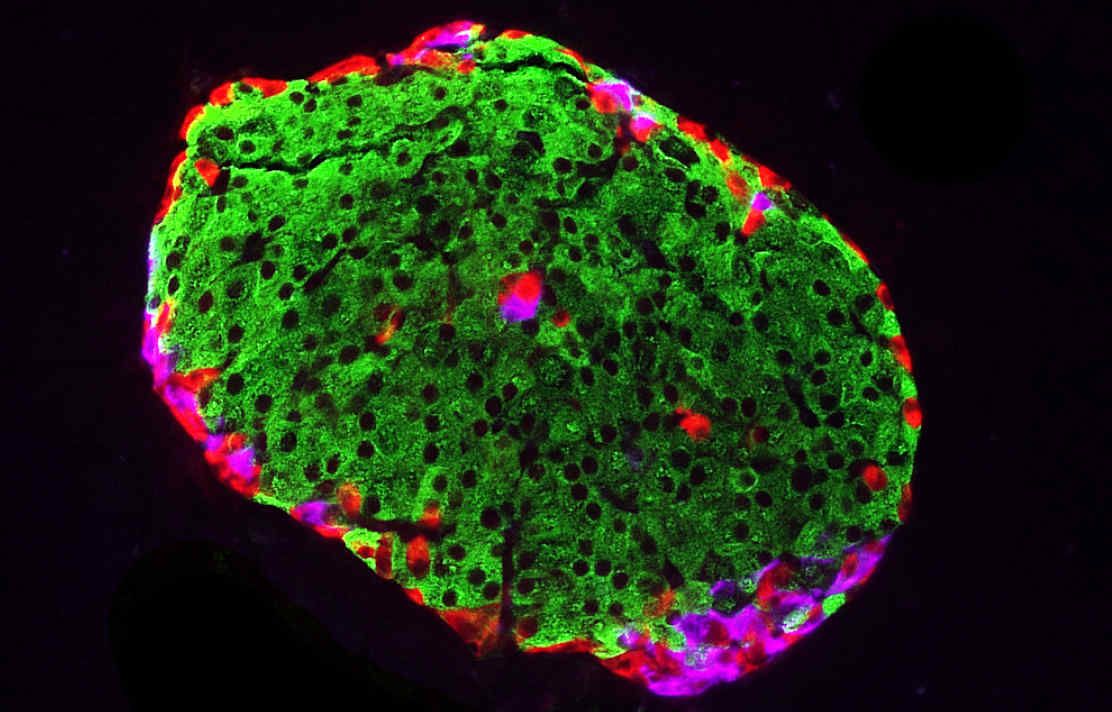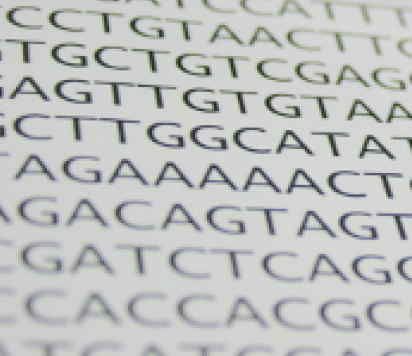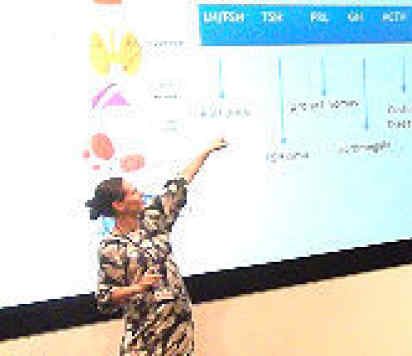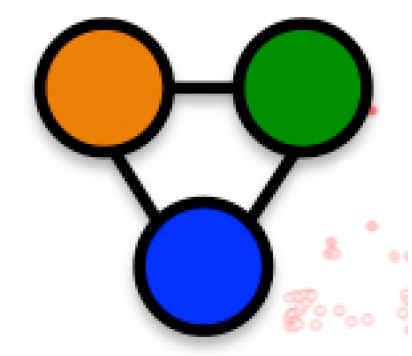BibTex format
@article{Gudmundsdottir:2018:10.1371/journal.pone.0189886,
author = {Gudmundsdottir, V and Pedersen, HK and Allebrandt, KV and Brorsson, C and van, Leeuwen N and Banasik, K and Mahajan, A and Groves, CJ and van, de Bunt M and Dawed, AY and Fritsche, A and Staiger, H and Simonis-Bik, AMC and Deelen, J and Kramer, MHH and Dietrich, A and Hübschle, T and Willemsen, G and Häring, H-U and de, Geus EJC and Boomsma, DI and Eekhoff, EMW and Ferrer, J and McCarthy, MI and Pearson, ER and Gupta, R and Brunak, S and 't, Hart LM},
doi = {10.1371/journal.pone.0189886},
journal = {PLoS ONE},
title = {Integrative network analysis highlights biological processes underlying GLP-1 stimulated insulin secretion: A DIRECT study.},
url = {http://dx.doi.org/10.1371/journal.pone.0189886},
volume = {13},
year = {2018}
}
RIS format (EndNote, RefMan)
TY - JOUR
AB - Glucagon-like peptide 1 (GLP-1) stimulated insulin secretion has a considerable heritable component as estimated from twin studies, yet few genetic variants influencing this phenotype have been identified. We performed the first genome-wide association study (GWAS) of GLP-1 stimulated insulin secretion in non-diabetic individuals from the Netherlands Twin register (n = 126). This GWAS was enhanced using a tissue-specific protein-protein interaction network approach. We identified a beta-cell protein-protein interaction module that was significantly enriched for low gene scores based on the GWAS P-values and found support at the network level in an independent cohort from Tübingen, Germany (n = 100). Additionally, a polygenic risk score based on SNPs prioritized from the network was associated (P < 0.05) with glucose-stimulated insulin secretion phenotypes in up to 5,318 individuals in MAGIC cohorts. The network contains both known and novel genes in the context of insulin secretion and is enriched for members of the focal adhesion, extracellular-matrix receptor interaction, actin cytoskeleton regulation, Rap1 and PI3K-Akt signaling pathways. Adipose tissue is, like the beta-cell, one of the target tissues of GLP-1 and we thus hypothesized that similar networks might be functional in both tissues. In order to verify peripheral effects of GLP-1 stimulation, we compared the transcriptome profiling of ob/ob mice treated with liraglutide, a clinically used GLP-1 receptor agonist, versus baseline controls. Some of the upstream regulators of differentially expressed genes in the white adipose tissue of ob/ob mice were also detected in the human beta-cell network of genes associated with GLP-1 stimulated insulin secretion. The findings provide biological insight into the mechanisms through which the effects of GLP-1 may be modulated and highlight a potential role of the beta-cell expressed genes RYR2, GDI2, KIAA0232, COL4A1 and COL4A2 in GLP-1 stimulated insulin sec
AU - Gudmundsdottir,V
AU - Pedersen,HK
AU - Allebrandt,KV
AU - Brorsson,C
AU - van,Leeuwen N
AU - Banasik,K
AU - Mahajan,A
AU - Groves,CJ
AU - van,de Bunt M
AU - Dawed,AY
AU - Fritsche,A
AU - Staiger,H
AU - Simonis-Bik,AMC
AU - Deelen,J
AU - Kramer,MHH
AU - Dietrich,A
AU - Hübschle,T
AU - Willemsen,G
AU - Häring,H-U
AU - de,Geus EJC
AU - Boomsma,DI
AU - Eekhoff,EMW
AU - Ferrer,J
AU - McCarthy,MI
AU - Pearson,ER
AU - Gupta,R
AU - Brunak,S
AU - 't,Hart LM
DO - 10.1371/journal.pone.0189886
PY - 2018///
SN - 1932-6203
TI - Integrative network analysis highlights biological processes underlying GLP-1 stimulated insulin secretion: A DIRECT study.
T2 - PLoS ONE
UR - http://dx.doi.org/10.1371/journal.pone.0189886
UR - http://hdl.handle.net/10044/1/55950
VL - 13
ER -



